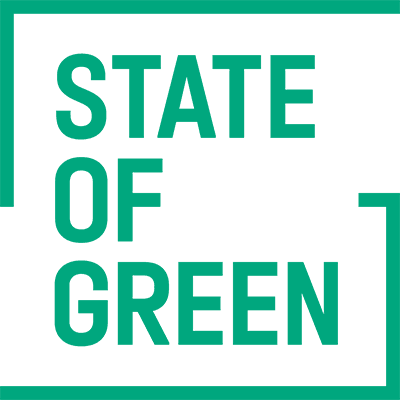State of Green is a not-for-profit hub for 600+ Danish organizations, individuals, and agencies actively working towards a more sustainable, greener way of life. The organization provides a valuable network of and connection to Danish movers and shakers — businesses, agencies, academic institutions, experts, and researchers — leading the worldwide transition toward a sustainable, low-carbon, resource-efficient society.
Based on global collaboration, solutions, and insights into energy, water, cities, and the circular economy, State of Green leverages decades of expertise to convert obstacles in these four areas into opportunities.
Magnus H. Mernild, Head of PR & Communication, provided Bridges with insight into State of Green’s ethos.
Bridges: State of Green plays a pivotal role in driving the global transition to a sustainable society. Could you elaborate on the primary objectives and mandate of State of Green, and how the partnership between the Danish government and business associations informs and guides these initiatives?
Magnus H. Mernild: State of Green is a not-for-profit, public-private partnership between the Danish Government and the country’s three leading business associations (Danish Industry, Green Power Denmark, and the Danish Agriculture and Food Council).
As a one-stop-shop for more than 600 Danish businesses, agencies, academic institutions, experts, and researchers, we connect international decision-makers with leading Danish players working to drive the global transition to a sustainable, low-carbon, resource-efficient society.
As firm believers in global collaboration as the fastest way to green transition, we share Danish know-how via publications, digital showcases, media engagements and active participation in global events, such as NYC Climate Week and the UN’s annual climate conference COP. In Dubai, we facilitated the largest Danish business delegation ever at a COP around a common aim to spur public-private climate action.
We likewise welcome around 200 annual international delegations in our showroom, House of Green, all of whom are looking to learn from Danish initiatives within energy, water, circular economy, and urban livability.
With a focus on fostering international partnerships, how does State of Green perceive the role of Japan within its scope? Specifically, how do you see the Danish expertise and sustainable solutions aligning with Japan’s market needs, and what strategies are in place to strengthen collaboration between Danish entities and Japanese stakeholders?
Japan and Denmark are technologically advanced economies and can therefore cooperate in becoming net-zero as well as inspiring others to accelerate the implementation of clean energy technologies.
Our two countries are already cooperating in various ways, including a host of collaboration agreements on political, regulatory and industry levels. As an example, State of Green signed a new memorandum of understanding with the Energy Agency FUKUSHIMA in 2021 to promote technical exchange on renewable energy and green hydrogen.
Japan and Denmark are technologically advanced economies and can therefore cooperate in becoming net-zero as well as inspiring others to accelerate the implementation of clean energy technologies.
Magnus H. Mernild, Head of PR & Communication at State of Green
With both sides recognizing the importance of utilizing the widest variety of renewable energy sources and technologies to achieve a smooth, cost-effective, and pragmatic energy transition, the potential is particularly present within energy efficiency, district heating, sector coupling, offshore wind, and green fuels.
In this vein, the maritime tie-up between Japan and Denmark is a great lever to drive the transition across markets and supply chains. One proof point is the use of our joint leverage as some of the world’s biggest maritime nations to lead the way for green shipping corridors.
Given the global push towards achieving net-zero emissions, how does State of Green view the maritime industry’s role in facilitating dialogues and spurring international partnerships? Additionally, how are Danish businesses within the maritime sector actively contributing to the transition, and what collaborative efforts are being pursued to advance sustainable practices within this industry on a global scale?
As a critical pillar of the global economy, with about 90 percent of all globally traded goods ferried around the world by sea, the shipping industry plays a crucial role in spurring progress around sustainable practices. This accounts to a large degree for Denmark, building on longstanding maritime traditions with one of the world’s largest fleets.
Every fifth minute, a Danish-operated ship calls at a port somewhere in the world, contributing to global connections and keeping world trade flowing. In collaboration with governments and organizations, Denmark is proactively working for timely and ambitious regulations that can slash global greenhouse gas emissions to achieve the International Maritime Organization’s (IMO) goal of reaching climate neutrality by around 2050, in alignment with the Paris Agreement.
Denmark brings forward more than five decades of expertise in energy efficiency and practical learning as a global pioneer in harnessing energy at sea.
Denmark brings forward more than five decades of expertise in energy efficiency and practical learning as a global pioneer in harnessing energy at sea. This is demonstrated by the shipping industry’s dedicated efforts to building and servicing offshore wind parks across the globe alongside a proactive pursuit of developing solutions such as carbon capture, transport and storage (CCTS), and carbon capture, transport, and utilization (CCTU).
Amongst others, Denmark is co-leading the Zero-Emission Shipping Mission, seeking to accelerate public and private efforts around the world to make a zero-emission fleet a reality by 2030. The mission aims to develop, demonstrate, and deploy zero-emission fuels, ships, and fuel infrastructure in a coordinated fashion along the full value chain. In 2030, the mission targets that at least five percent of the global deep-sea fleet should be capable of running on hydrogen-based zero-emission fuels, such as green hydrogen, green ammonia, green methanol, and biofuels. By 2030, at least 200 of these well-to-wake zero-emission fuelled ships should be in service and utilizing these fuels across their main deep sea shipping routes.
End of 2023, State of Green launched a white paper on Denmark’s push to decarbonize global shipping. The paper presents tangible pathways to how Danish shipowners and their global counterparts can push for rapid uptake of commercially viable solutions towards climate-neutral shipping while ensuring a just transition.




